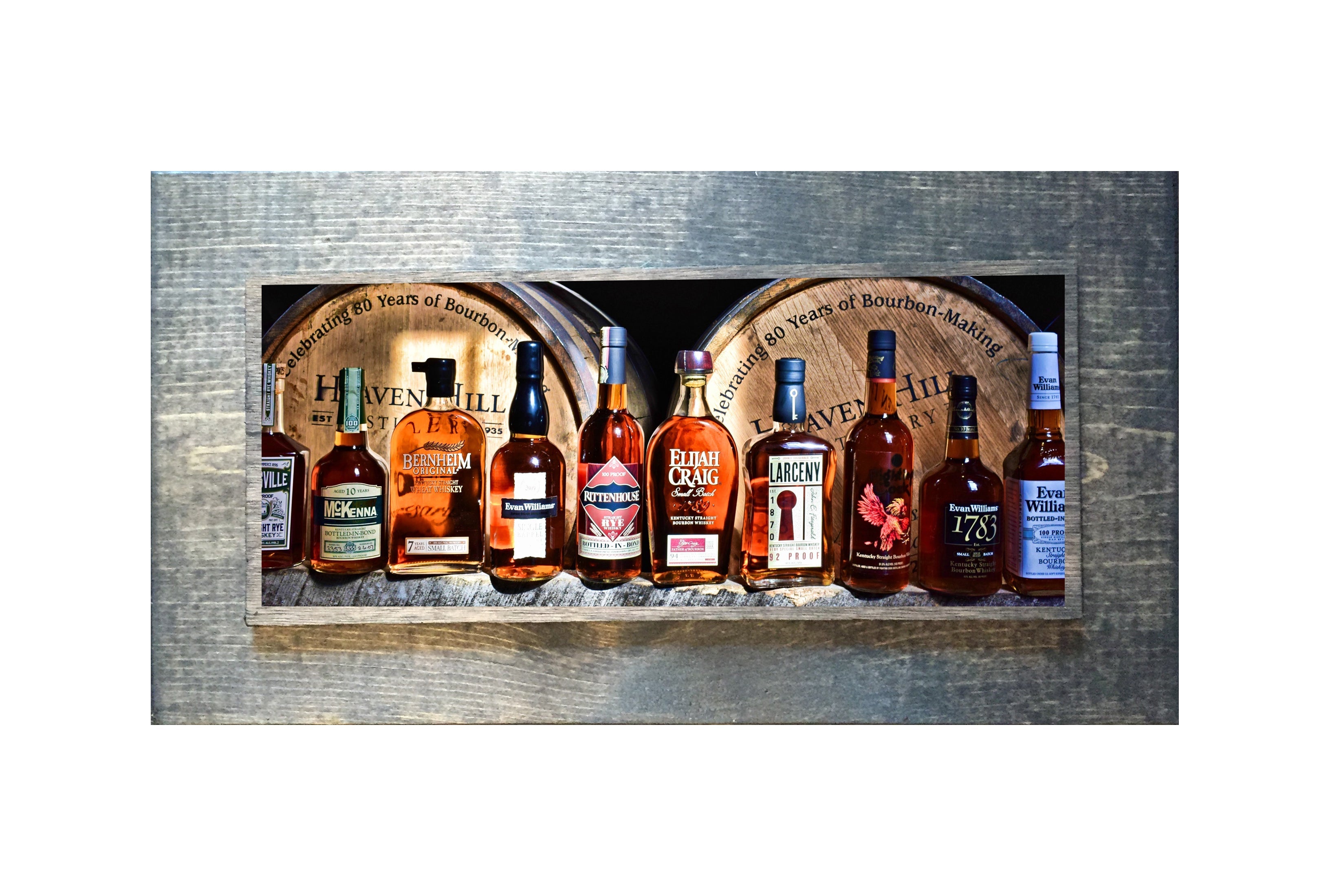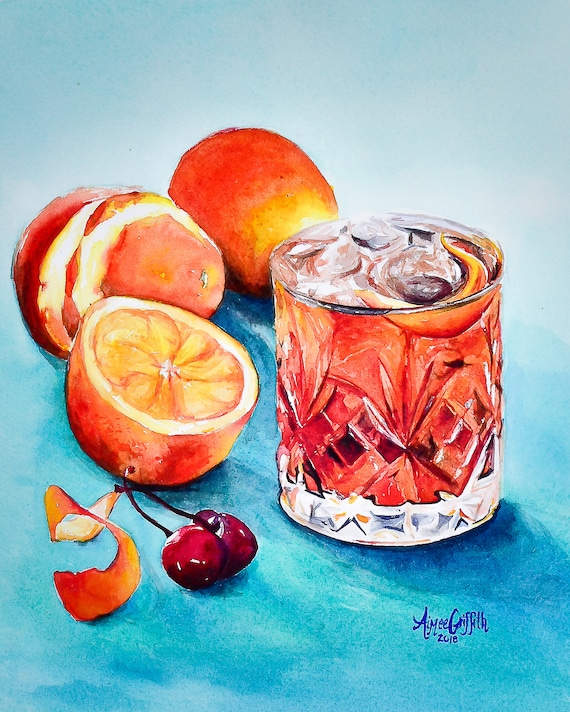The Significance of Whiskey Art in Celebrating Heritage and Workmanship in the Beverage Industry
The complex connection in between whiskey art and the celebration of heritage and workmanship within the beverage industry can not be overstated. Through attentively created containers and tags, whiskey brands envelop their historical origins and the artisanal abilities that specify their production techniques.
The Historical Roots of Whiskey
At the heart of bourbon's attraction lies a rich tapestry of historical origins that trace back to ancient civilizations. The origins of whiskey can be linked to the distillation techniques of the Sumerians and Babylonians around 2000 BCE, where very early types of fermented grain drinks began to arise. It was in the Middle Ages that the art of distillation progressed dramatically, especially in Ireland and Scotland, leading to the creation of scotch as we understand it today.
The term "whiskey" itself obtains from the Gaelic word "uisce beatha," indicating "water of life." This expression underscores the social value of bourbon in Celtic cultures, where it was frequently connected with rituals, events, and communal bonding. By the 15th century, distillation came to be a recognized craft within reclusive communities, leading the way for the facility of lawful distilleries.
As trade routes increased, bourbon's popularity grew, transcending local borders and recording the rate of interest of lovers worldwide. Realism Art. This historic trip mirrors not only the craftsmanship behind whiskey manufacturing however likewise its integral duty in cultural and social contexts, noting it as a considerable beverage throughout background
Artistic Expression in Branding
Bourbon branding stands as an engaging junction of creativity and commerce, where visual identity plays an essential duty fit customer perception. The looks of whiskey labels, packaging, and marketing products mirror not only the brand name's tale but likewise its core values and heritage. Via imaginative expression, distilleries share a story that resonates with consumers, evoking emotions and triggering links.
The usage of shade, typography, and imagery in branding offers to separate products in a saturated market. Conventional concepts might stimulate a sense of authenticity and craftsmanship, while modern-day styles can symbolize innovation and forward-thinking. This calculated creative direction enhances brand name acknowledgment and commitment, enabling customers to forge an individual connection with the whiskey they select.
Moreover, imaginative expression in branding usually acts as a celebration of local heritage. Distilleries regularly incorporate neighborhood symbols or historical references into their designs, developing a sense of location that welcomes consumers to take part in a broader social experience. Ultimately, the artistry behind whiskey branding not only boosts aesthetic allure but likewise enhances the overall narrative of the brand, promoting a deeper appreciation for the craftsmanship and heritage ingrained in each container.
Workmanship in Container Layout
The creativity apparent in scotch branding extends beyond visual identification to include the workmanship entailed in container design. Each bottle acts as a vessel not just for the spirit within, yet likewise for the tale it tells concerning its tradition, top quality, and beginning. The style procedure calls for precise interest to detail, as aspects such as closure, product, and shape add considerably to the general assumption of the scotch.
Workmanship in container layout involves picking top notch glass that can boost the scotch's shade and clearness, while additionally supplying a tactile experience for the customer. The shape of the container need to be both practical and visually enticing, usually mirroring the heritage of the brand name. Many distilleries choose distinct shapes or embossed logo designs that stimulate a sense of credibility and background.
Additionally, the tag design and typography play a crucial role in interacting the brand name's narrative. Realism Art. A well-crafted container not just mesmerizes the customer's eye but likewise reinforces the brand name's dedication to high quality and custom. In this means, the workmanship of bottle layout comes to be an important facet of the whiskey experience, combining creativity with an extensive regard for heritage
Cultural Significance of Bourbon Art
Commemorating tradition and craftsmanship, the cultural significance of scotch art transcends mere visual appeals, intertwining with the social and historic narratives of the areas where it originates. Each bottle functions as a canvas, showing the one-of-a-kind tales, folklore, and practices that have actually formed neighborhood whiskey-making practices. The intricate designs commonly reflect dig this the heritage of the distillers, incorporating signs and concepts that reverberate with the society and values of their areas.

Furthermore, whiskey art plays an important role in communal gatherings and events, acting as a tangible link in between individuals and their shared experiences. By appreciating the artistry in bourbon product packaging, consumers cultivate a deeper understanding and regard for the craft, inevitably enriching their satisfaction of the drink itself.
Modern Trends in Whiskey Presentation
Recently, the presentation of whiskey has actually developed to reflect contemporary tastes and patterns while still honoring traditional craftsmanship - Realism Art. Distilleries are significantly concentrating on visual aspects that boost the general drinking experience, connecting the void in between heritage and modernity
Ingenious container layouts have actually emerged, usually incorporating sustainable products and artistic tags that inform engaging stories. Lots of brand names currently Limited Edition work together with regional artists, infusing their items with distinct aesthetic expressions that reverberate with customers. In addition, limited-edition releases are commonly packaged in collectible containers, adding value and charm for lovers.

Conclusion
In conclusion, whiskey art offers as a crucial conduit for revealing the heritage and craftsmanship intrinsic in the drink market. Via complex branding, innovative container styles, and culturally considerable artistic elements, whiskey brands effectively honor their traditions and get in touch with customers. This artistic narrative not just raises the gratitude of whiskey yet likewise enhances area identification and pride among manufacturers. Eventually, whiskey art plays an essential function in preserving and commemorating the rich social tapestry of whiskey-making.


Craftsmanship in container design includes selecting high-grade glass that can enhance the whiskey's shade and clarity, while additionally giving a tactile experience for the consumer. In this means, the workmanship of bottle design ends up being an essential facet of the whiskey experience, merging artistry with an extensive regard for heritage.
In conclusion, bourbon art serves as a vital conduit for expressing the heritage and workmanship integral in the drink sector.
Comments on “Explore the World of Bourbon Art: A Journey Via Culture and Craftsmanship”